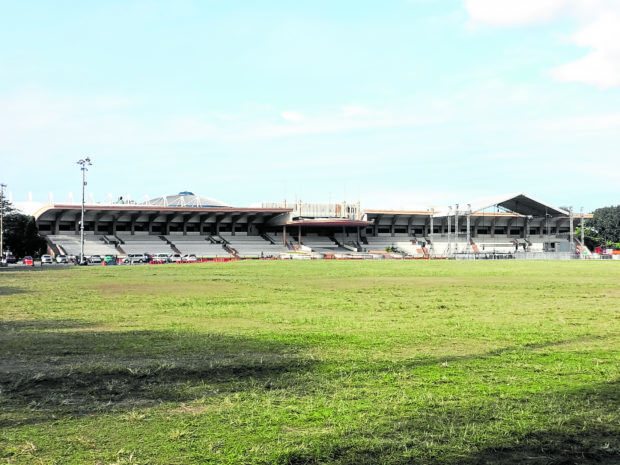
The public domain—defined by material places such as streets and plazas, former venues of discourse and assembly—has been supplanted by the virtual. —PATRICKROQUE01 VIA WIKIMEDIA COMMONS
With the elections over, the victors now must shift to the task of governance. We, the voters, now need to live with the consequence of our choices.
Such is the nature of our political system. The campaign season was a highly polarizing period, during which an impassioned population tried to consolidate their numbers into a majority that would then determine the leadership of the land.
Retrospectively, the 2022 election was not only about pitting candidates against each other. There was a hidden battle that was raging throughout the campaign period which may have largely determined the outcome of the elections—the battle between the virtual and physical realms in winning the hearts and minds of voters.
On one hand, there are the euphoric rallies that drew massive crowds in various cities, while on the other is the intangible but raucous campaigning held in the virtual space of social media.
Social media
Information has always been the fodder of campaigns. Cities have traditionally functioned as channels of information flows, exchanged in physical space.
The intangible space of the internet, long viewed as being more democratic than traditional media, has now become a new platform for this exchange. But is the virtual space more egalitarian?
In the era of social media, information has been disembodied from its physical form, democratized from centralized gatekeepers, made malleable and amplified in reach. Practically anyone can now manufacture information and broadcast it to a large audience at little cost and with little accountability.
Aided by algorithms embedded in online platforms, echo chambers are created by pushing similar content to an unassuming targeted audience based on their initial engagement, filtering others, and thereby limiting the breadth of information that would otherwise have been accessed.
Algorithms that were devised to advertise merchandise have now been exploited for political propaganda and have become vehicles for cascading information to an entire population instantaneously with the aim of shaping their beliefs. If entities with vested interests can direct online content to targeted individuals, is the virtual space truly more democratic than traditional media?
New public domain?
There are 92 million social media users in the Philippines based on the 2022 We Are Social Report (though many individuals have multiple accounts).
Filipino respondents spent an average of four hours a day on social media, and many rely on platforms such as Facebook for information. That number of users presents a large database. When this is combined with an algorithm designed to push content to specific users, collective opinion can be shaped according to an agenda.
The study further shows that 52 percent of respondents use influencers as a major source of information, even on politics and the elections—more than double the global average of 22.1 percent. Legitimate institutions for information such as media and the academe are no match to the reach of social media despite the absence of vetting, verification and accountability in the latter.
At a time when technology has allowed us unprecedented access to entire libraries of knowledge at our fingertips, we have chosen to be educated by TikTok.
The dominance of social media in influencing the outcome of an election poses a challenge for our cities and their traditional role as vessels for political thought.
The public domain—defined by material places such as streets and plazas, former venues of discourse and assembly—has been supplanted by the virtual. As early as the 1960s, urban thinkers such as Jane Jacobs have observed the decline of public culture and the demise of public space, displaced by society’s pervasive withdrawal into the private sphere.
With the internet, we have further insulated ourselves into the anonymity of the social media sphere. The pandemic has reinforced this withdrawal and has brought an altered form of political engagement into the mainstream and with it, a new form of public domain.
The civility of physical places
Interestingly, the most uplifting events during the election period happened in the physical realm.
The political rallies and house-to-house campaigns manifested the spirit of sharing, community, fun and volunteerism—a sharp contrast to the toxicity of hostile comments, insults and misinformation happening on social media. Perhaps, the anonymity of virtual space offers some people a sense of insulation and license for bad behavior.
Physical interaction, in contrast, encourages civility.
In the end, society will continue its march towards the merging of the physical and virtual worlds. People will increasingly rely on hybrid spatial environments that connect us physically and digitally. While the 2022 elections revealed a sharp divide between the two realms, it is really a continuum of an evolving social sphere. In the inevitability of an increasingly virtual world, the question is whether freedom of thought and the formulation of legitimate opinion will still be framed by egalitarian space.
So, what then of physical space? Well, should society’s sense of virtue and justice be challenged, or should we find cause to collectively celebrate, history has shown that it is in our physical streets that sentiments will be visibly expressed.
The author is founder and principal of JLPD, a masterplanning and consultancy practice. www.jlpdstudio.com